#taisho period
Text

Minoru Nakahara (1893-1990) — Atomic No. 2 [oil on canvas, 1925]
1K notes
·
View notes
Text

Willow and Stone Bridge, Hiroshi Yoshida, 1926
#art#art history#Asian art#Japan#Japanese art#East Asia#East Asian art#shin-hanga#woodblock print#landscape#Hiroshi Yoshida#Yoshida Hiroshi#Taisho period#Taisho era#20th century art
574 notes
·
View notes
Text

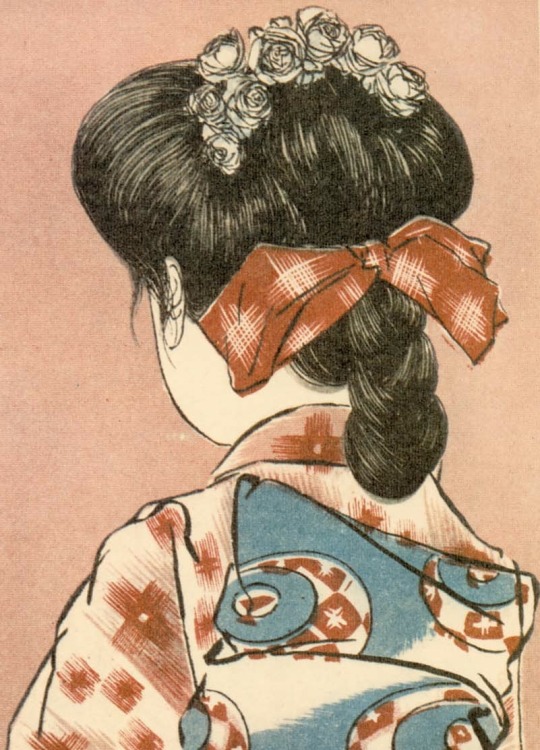
the マガレイト (magareito) hairstyle, popular among school girls and young women during the late meiji to early taisho period
#meiji era#meiji period#meiji restoration#taisho era#taisho period#kimono hairstyles#japanese hairstyles#historical hairstyles#japanese illustration#japanese art
61 notes
·
View notes
Video
Japanese Shadow Puppets 1910s by Blue Ruin 1
A boy using a shoji (paper sliding door) to perform a kagebōshi (shadow play) for his younger sister, with a yukidaruma (snowman) holding a fan and a tanuki (raccoon dog) holding a bottle of sake.
#Kageboushi#Shadow puppets#Shoji#Paper sliding door#Children#Yukidaruma#Snowman#Tanuki#Raccoon dog#Japanese#Japan#Taisho Period#1910s#Postcard#Sepia#影法師
139 notes
·
View notes
Photo


Uemura Shōen
Flame (Honoo). 1918
#uemura shōen#color on silk#nihonga#bijin-ga art#the tale of genji#taisho period#japanese culture#women artists#tokyo national museum#art detail
149 notes
·
View notes
Text
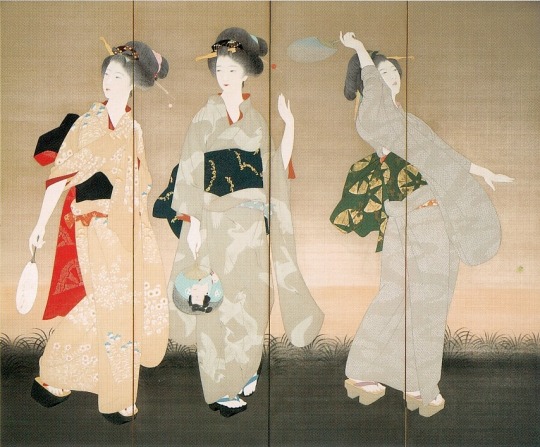
Yamakawa Shūhō (1898–1944) - Firefly Catching (Hotaru), 1927
Note the informality and looseness of the women's poses and the stylization of the facial anatomy. This painting is sharply reminiscent of modernist Western art of the 1920s. It is clear that the artist Yamakawa kept abreast of the latest developments in the global art world.
#Yamakawa Shūhō#Yamakawa Shuho#Shuho Yamakawa#Shūhō Yamakawa#fireflies#art#Japanese art#Japan#1920s#Taisho Period#Taisho Era
19 notes
·
View notes
Photo

Japanese Period Timeline Infographics
Did a simple timeline. It’s hard to summarise each period with just a few words. Hope you like it! 🤓
Pop Culture Trivias:
Ghost of Tsushima is based on the Mongol Invasion of Japan which took place in Kamakura Period where the descendant of Hojo Masako (wife of Minamoto no Yoritomo, the first Shogun of Japan), Hojo Tokimune led the defense.
47 Ronin starring Keanu Reeves, is based on the actual event of 47 loyal Ronin taking up arms to avenge their lord, that took place in Edo Period under the rule of the Tokugawa Shogunate.
The Last Samurai starring Tom Cruise, is based on the Satsuma Rebellion that took place in Meiji Period where Saigo Takamori (Ken Watanbe’s character is based on) led the last Samurai war against the modernised Imperials.
Rurouni Kenshin takes place during Meiji Period where he served the Imperial while his “rival”, Saito Hajime served the Shogunate before he became an Imperial Officer, which is why Saito “dislike” Kenshin in the beginning.
#japan#infographic#japanese timeline#japanese periods#japanese infographic#japanese illustration#japanese art#japanese history#japanese culture#nara period#heian period#kamakura period#muromachi period#azuhi momoyama period#edo period#meiji period#taisho period#showa period#heisei period#reiwa period#samurai#kamakura#ghost of tsushima#the last samurai#47 ronin#satsuma rebellion#rurouni kenshin#saito hajime#hojo masako#minamoto no yoritomo
179 notes
·
View notes
Photo

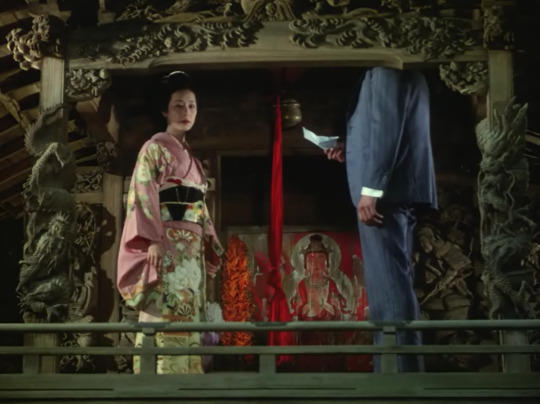
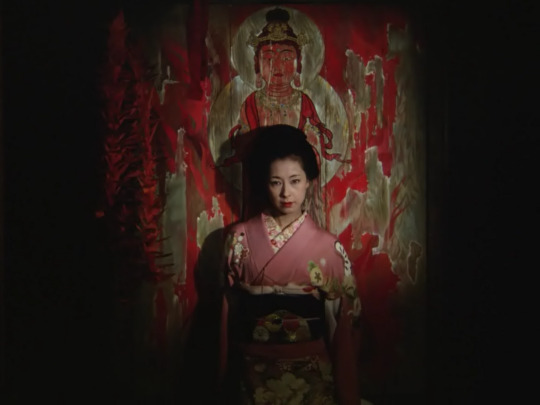

陽炎座
鈴木 清順、1981年
#陽炎座#kagerouza#松田優作#yusaku matsuda#鈴木清順#seijun suzuki#japanese film#film#1981#taisho period#taisho era#大正時代
33 notes
·
View notes
Photo

Here are some Elf Ears for a story that I am currently working on!
So far, it's fantasy inspired by the Taishō period of Japan, and Japanese mythology! Yes, this includes Yokai =w=
#elf ears#taisho period#japanese folklore#japanese mythology#yokai#kumo#yami#yume#mangetsu#shingetsu#hayashi#umi#kage#hoshi#taiyou#human#humanoid#fantasy#digital art
4 notes
·
View notes
Photo

The first time ever Mao and Otoya see something of the 21th century technology:A cell phone,containing pictures! “What is this weird thing in Nanoka’s hand?”. And it’s real appropriate to track down the missing girl Hajuki Ootori:)
#Takahashi Rumiko#高橋 留美子#Mao manga#マオ#onmyoji Mao#摩緒#Hagunsei longsword#破軍星#Nanoka Kiba#黄葉 菜花#Mao Otoya#乙弥#shikigami Otoya#Taisho period#大正#Maonoka#Mao x Nanoka#time travel#Isekai manga#21th century technology#dark fantasy#Akanemaru katana#地血丸
6 notes
·
View notes
Text
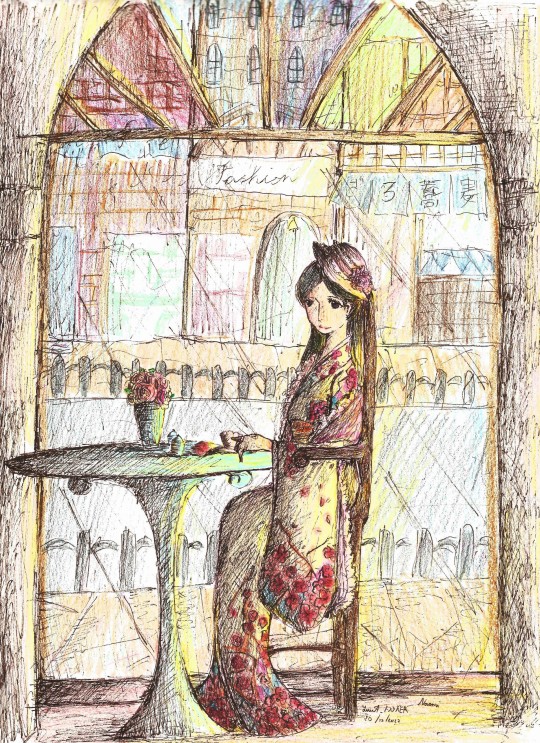
Lady in The Café
Picture is inspiration from 'Naomi in Chijin no ai or A Fool's Love' Novel by Tanizaki Junichiro (ตั้งใจให้ชื่อเหมือนกัน แต่น้องไม่ได้นิสัยเหมือนนาโอมิตามแบบในเรื่องมากเท่าไรหรอกนะ 😅)
Art by Sweet_FXXKER
#taisho period#taisho fashion#taisho era#taisho roman#taisho#pencilcolor#color pencil#mirconpen#大正時代
3 notes
·
View notes
Photo

Hayami Gyoshū (1894-1935) — Chrysanthemums and a Cat [ink and color on silk, 1922]
574 notes
·
View notes
Text

Snow on a Bright Day at Miyajima (from the series Souvenirs of Travel II), Hasui Kawase, 1921
#art#art history#Asian art#Japan#Japanese art#East Asia#East Asian art#shin-hanga#woodblock print#Hasui Kawase#Kawase Hasui#landscape#landscape art#snow#winter#winter scene#Taisho period#Taisho era#20th century art#Museum of Fine Arts Boston#MFA Boston
311 notes
·
View notes
Text
Japan
Japan is a fascinating country that has a rich history, culture, and society. It is an archipelago located in the Pacific Ocean, comprising of four main islands and several smaller ones. Japan has a population of over 126 million people, making it the world’s 11th most populous country. The country has a unique identity that has been shaped by its geography, history, culture, and economy. This…

View On WordPress
#Azuchi-Momyama Period#Edo Period#Heian Period#Heisei Period#Jomon Period#Kamakura Period#Kofun Period#Meiji Period#Muromachi Period#Nara Period#Showa Period#Taisho Period#Yayoi Period
0 notes
Video
Genroku Dance 1910s by Blue Ruin 1
A lithograph of a geigi (geisha) dressed in the Genroku style, possibly based on Tondaya Yachiyo II of Osaka.
29 notes
·
View notes
Text
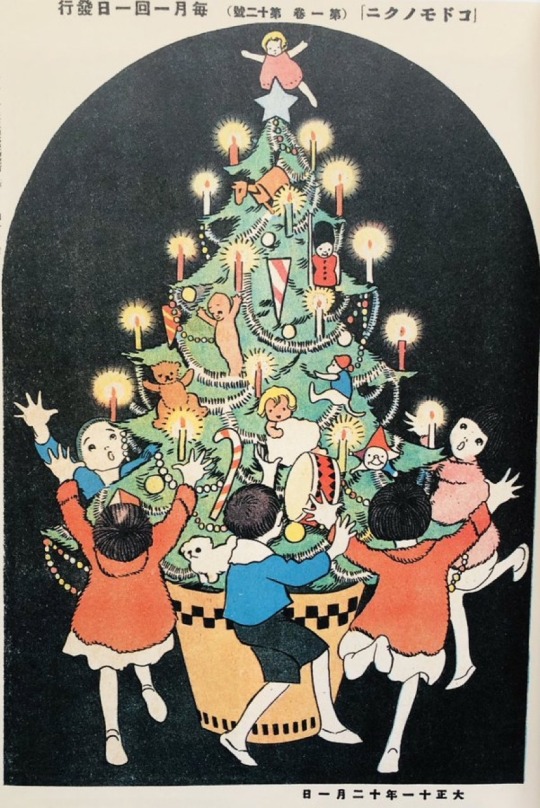
Kodomo no Kuni (コドモノクニ)
Cover Christmas Issue, Dec 1922
Kiichi Okamoto
“The Land of Children” (Kodomo no kuni), started in 1922 toward the end of the Taisho period, Kodomo no kuni ran until 1944—a total of 287 volumes—visually chronicling the development of Japanese modernism and rapidly changing definitions of childhood in the lead up to World War II.
Kodomo no kuni stood out in what is often called the “golden age” of Japanese children’s magazines because of its high artistic standards and the long duration of its publication.
- Dr. Tara M. McGowan, via blogs.princeton.edu
#kodomo no kuni#kiichi okamoto#japanese art#vintage art#japanese vintage#japanese graphics#christmas#holiday#art#taisho period#the land of the children#children’s magazine
1 note
·
View note
